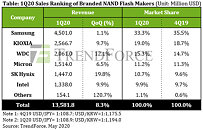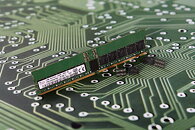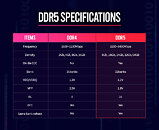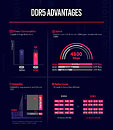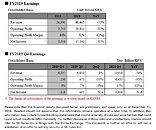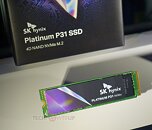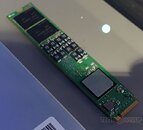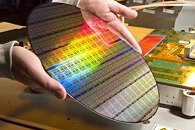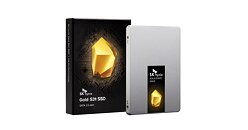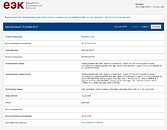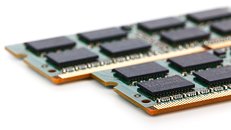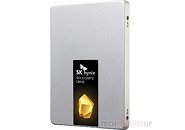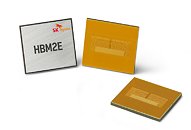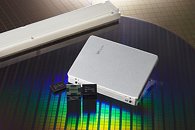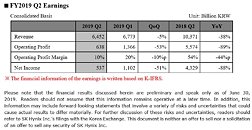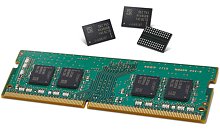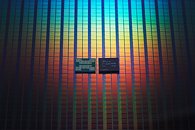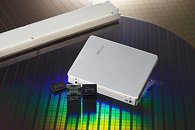
SK hynix Inc. Reports Second Quarter 2020 Results
SK hynix Inc. today announced financial results for its second quarter 2020 ended on June 30, 2020. The consolidated revenue of second quarter 2020 was 8.607 trillion won while the operating profit amounted to 1.947 trillion won, and the net income 1.264 trillion won. Operating margin for the quarter was 23% and net margin was 15%.
Despite uncertainties of business environment due to COVID-19, both the Company's revenue and operating income increased by 20% and 143% quarter-over-quarter (QoQ) respectively, as the surging demand for server memory maintained favorable memory price while numerous factors including the increase of the main products' yield rate led to cost reduction.
Despite uncertainties of business environment due to COVID-19, both the Company's revenue and operating income increased by 20% and 143% quarter-over-quarter (QoQ) respectively, as the surging demand for server memory maintained favorable memory price while numerous factors including the increase of the main products' yield rate led to cost reduction.


